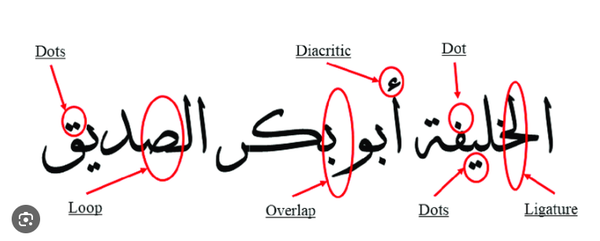
The first of the major languages without an alphabet is Chinese, which is a bit misleading, because Chinese isn’t a language - it’s a group of languages with a very similar structure. The problem is that the spoken forms of these languages (Mandarin, Cantonese, Hakka, Xian, Min, Gan and Wu are the major ones) aren’t mutually intelligible in their spoken form.

However, if you’re careful, and you know how to write Chinese characters, no matter what dialect the other person speaks they will be able to understand the written form. Now, the written characters aren’t a transliteration of the spoken language, but they are consistent between dialects. That’s the primary reason Chinese languages don’t use alphabets, the others being it’s tough to use alphabets to designate tone (which is critical in spoken Chinese) and that although there are a few thousand Chinese syllables, everything in Chinese is done in syllables and not in individual phonemes (which is the case in most European languages)

That’s a particular problem when transliterating American place names in Chinese. BTW “bei” is “north” and “nan” is “south”.
Next up, Arabic

Now, technically, Arabic does have an alphabet. However, the letters are never written like this. They’re always in a script where the letters are joined together, and there are rules for how the letters are joined. There’s also other information incorporated into the script.

And, yes, it makes the writing system hard to learn. There’s probably no-one on earth who knows all the Chinese characters, and most young Chinese use computer programs to generate the characters from pinyin, the Chinese transliteration system. Arabic script is particularly hard to learn, even compared to cursive writing. However, it’s the standard way of writing not only Arabic, but Farsi (Persian) as well.


No comments yet, come on and post~